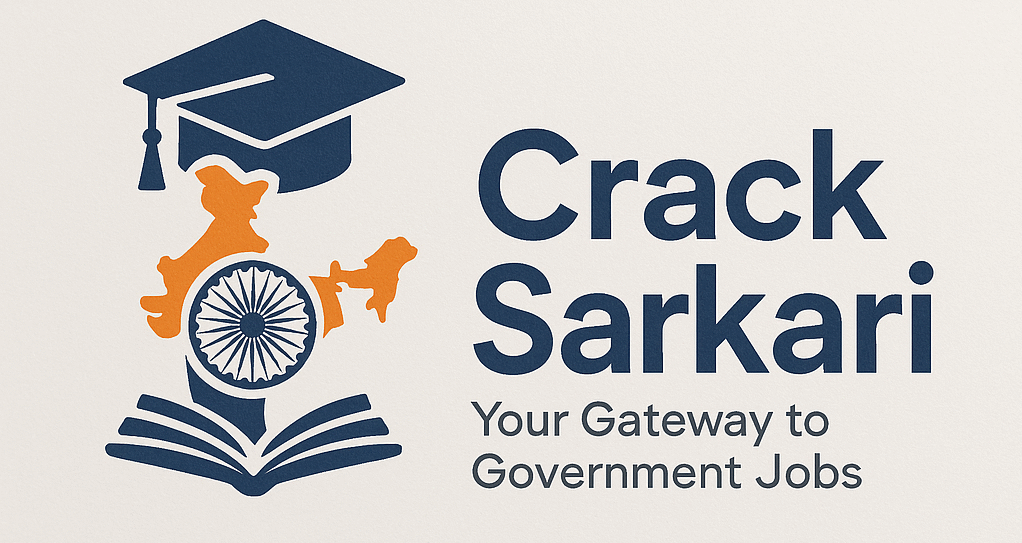Introduction
India stands out in today’s global shuffle—navigating a wave of high-stakes diplomacy, space milestones, and internal governance updates. From U.S.-India trade friction to India’s strategic autonomy and stellar achievements in space, here’s your round-up of the most exam-centric developments you must know for UPSC and State PCS prep.
1. India Holds Firm on Trade “Red-Lines”
At the Economic Times World Leaders Forum on 23 August 2025, External Affairs Minister S. Jaishankar made it crystal clear: India’s trade talks with the U.S. are ongoing, but negotiable only within its well-defined “red lines”The Economic TimesReuters.
These non-negotiables include:
- Protecting agricultural interests, especially for farmers and MSMEs.
- Continuing Russian oil imports, despite Western pressure and sanctions.
- Sustaining strategic autonomy, as evidenced by independent policies towards Pakistan, and simultaneous engagements with both Quad and BRICS platformsThe Economic TimesThe Times of India.
These statements reinforce India’s commitment to sovereign decision-making amid external economic coercion—an essential theme in GS-II (International Relations & Governance).
2. U.S. Diplomatic Shuffle Adds Strain
In a high-profile move, President Trump nominated Sergio Gor, his long-time aide and head of Presidential Personnel, as the next U.S. Ambassador to India, also naming him special envoy for South and Central Asia. The nomination is pending Senate confirmationThe Washington PostThe Times of India.
India-U.S. relations, already tensed by tariffs up to 50% on Indian goods, now face additional diplomatic friction. Gor is a politically loyal but little-known figure in South Asia affairs—raising fresh questions about the direction of bilateral ties.
3. Modi’s Dual Diplomatic Roadshow
the video by R. DIGITAL
Prime Minister Narendra Modi is set to embark on a tightly packed diplomatic schedule:
- Japan: State visit and the 15th India-Japan Annual Summit (29–30 August 2025).
- China: Attending the Shanghai Cooperation Organisation (SCO) Summit in Tianjin (31 August–1 September 2025)Reuters.
This dual-visit underscores India’s balancing act across major global players and multilateral forums—ideal material for essays on India’s multilateral diplomacy and regional balance strategies.
4. India Celebrates National Space Day
August 23 is also National Space Day in India. Prime Minister Modi marked the occasion by celebrating India’s space achievements—highlighting ISRO’s lunar and Mars missions, and new technological advances such as semi-cryogenic engines and electric propulsion systemsThe Times of IndiaThe Economic Times.
Notably, Chandrayaan-3’s soft lunar landing and deployment of the Pragyan rover on this day in 2023 still resonate, marking India as a formidable space powerSSBCrackExams. These developments bolster India’s profile in GS-III (Science & Tech, Space) and themes on tech-driven development.
5. Trade Deals: Eurasia on the Radar
India has signed the Terms of Reference (ToR) with the Eurasian Economic Union (EAEU) in Moscow to kickstart negotiations for a Free Trade Agreement (FTA)IBPS Guide. This marks India’s push to diversify its trade partnerships beyond traditional Western markets—an important point in GS-III regarding globalization and trade strategies.
Exam-Notes Summary Table
| Topic | Key Point |
|---|---|
| Trade Red-Lines with U.S. | Sovereign stance on agriculture, Russian oil, Quad vs BRICS roles |
| U.S.–India Diplomatic Frictions | GOP aide Sergio Gor’s ambassadorial nomination amid tariff tensions |
| Modi’s Diplomatic Outreach | Upcoming visits: Japan (29–30 Aug) and SCO in China (31 Aug–1 Sep) |
| National Space Day | Chandrayaan-3 legacy, ISRO advances in propulsion, space exploration |
| EAEU FTA Negotiations Kicked Off | ToR signed in Moscow for trade diversification efforts |
Why This Matters for UPSC / PCS Exams
- GS-II (IR & International Relations): Trade stand-offs, diplomatic appointments, and summit diplomacy matter for understanding major power dynamics.
- GS-III (Economy & Science-Tech): Tariff responses, FTA negotiations, and space policy capture economic and strategic narratives.
- Essay & Ethics: Sovereignty in diplomacy, balancing multilateral pressures, and technological pride—ripe themes for arguments, case studies, policy analysis.
Q1: What are India’s primary trade red-lines with the United States?
Key red-lines include protecting farmers and MSMEs, continuing Russian oil purchases despite sanctions, and maintaining diplomatic autonomy regarding Quad and BRICS participation. India has clearly vocalised these priorities in ongoing negotiations with the U.S.
Q2: What does the nomination of Sergio Gor signify for India-U.S. relations?
Sergio Gor’s nomination as ambassador and special envoy signals a personalized, politically driven U.S. diplomatic strategy towards India, at a time when bilateral ties are strained by steep tariffs. His less-known regional expertise adds uncertainty to the relationship
Q3: Why is National Space Day on August 23 significant for India?
This date marks the soft landing of Chandrayaan-3’s Vikram lander and the Pragyan rover on the Moon in 2023. It symbolizes India’s leap in space exploration—reinforced by modern propulsion advancements celebrated on National Space Day 2025.
